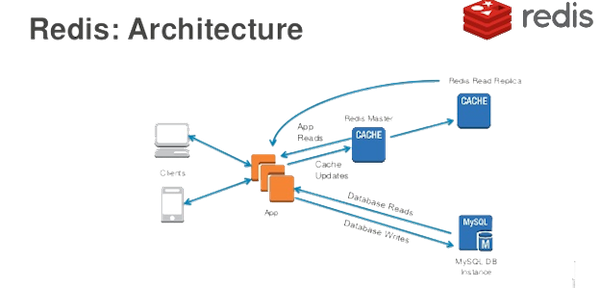The Benefits of Distributed Caching using Redis
Are you looking for ways to improve the performance of your system? One technique that you may want to consider is distributed caching, which allows you to store frequently accessed data in multiple locations, so that it can be quickly accessed from any part of the system.

In this post, we'll explore the benefits of using Redis for distributed caching, and how it can help you to improve the performance, scalability, and manageability of your system.
Redis is an open-source in-memory data store that is often used for distributed caching. It can store data in a variety of data structures, such as strings, hashes, lists, sets, and sorted sets. Redis also provides many useful features, such as data expiration, eviction policies, and support for transactions and pub/sub patterns.
When using Redis for distributed caching, data is stored in a Redis cluster, which is a group of Redis instances that are distributed across multiple machines. Each Redis instance in the cluster acts as a cache for a subset of the data, and the cluster automatically manages data distribution and replication to ensure high availability and consistency.
One of the key benefits of using Redis for distributed caching is improved performance. When a client application needs to access data, it sends a request to the Redis cluster, which routes the request to the appropriate Redis instance that holds the data. If the data is already in the cache, the Redis instance can return it immediately, without having to fetch it from the underlying data store. This can greatly reduce the response time for client requests, and it can also improve the overall throughput of the system.
Another benefit of using Redis for distributed caching is reduced load on the underlying data store. Since data is stored in the cache, the underlying data store is only accessed when the data is not already in the cache. This can greatly reduce the number of requests that the data store needs to handle, which can improve its performance and scalability.
In addition, using Redis for distributed caching can make it easier to manage the cache. Redis provides many useful features for managing the cache, such as data expiration and eviction policies. This can help you to ensure that the cache is always up-to-date and efficient, and it can also make it easier to tune the cache for your specific workload.
Overall, distributed caching using Redis can provide many benefits, such as improved performance, reduced load on the underlying data store, and better scalability. It can also make it easier to manage the cache, as Redis provides many useful features for this purpose. If you're looking for ways to improve the performance of your system, distributed caching using Redis may be worth considering.
\m/